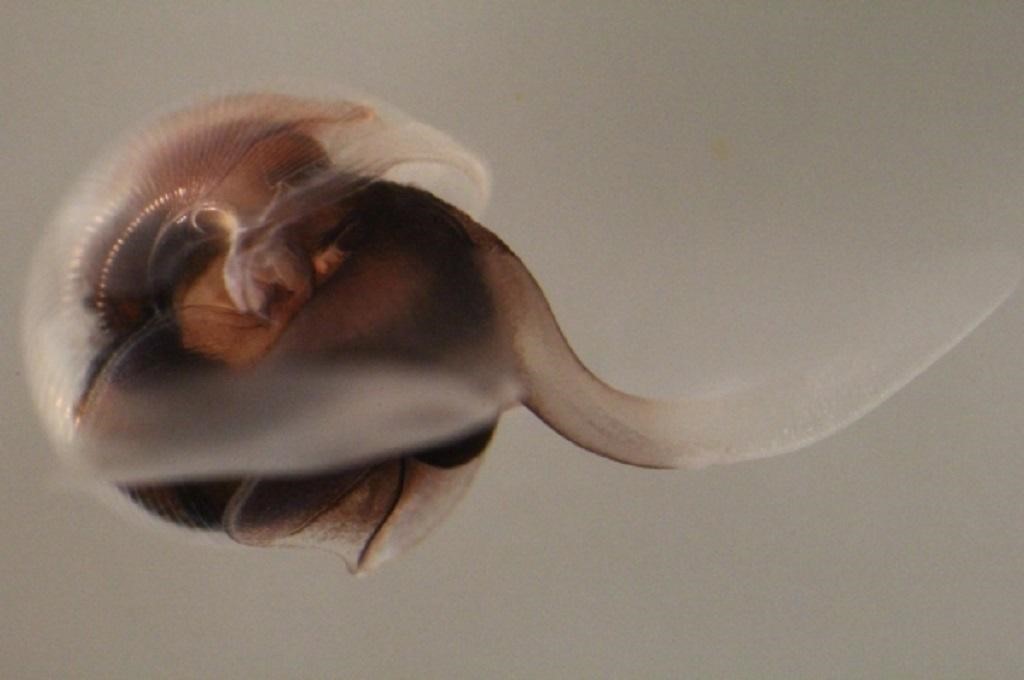Free Courses Sale ends Soon, Get It Now


Free Courses Sale ends Soon, Get It Now



Disclaimer: Copyright infringement not intended.
Context:
Background
|
IN A NUTSHELL
|
About Sea butterflies
Morphology
Importance in the food chain
|
PRACTICE QUESTION Q) Which of the following statements with reference to Sea butterflies is/are incorrect? 1. Because of their large numbers are an essential part of the food chain, and a significant contributor to the oceanic carbon cycle.. 2. Like sea snails, they use flappers to glide on solid surface.
Correct Answer: 2 |
© 2024 iasgyan. All right reserved